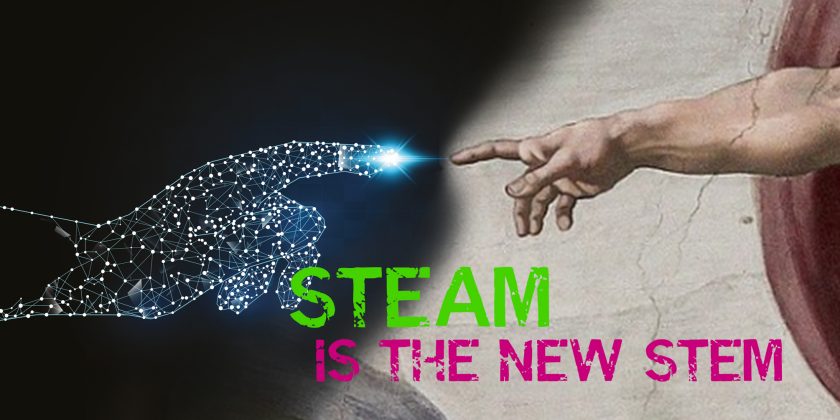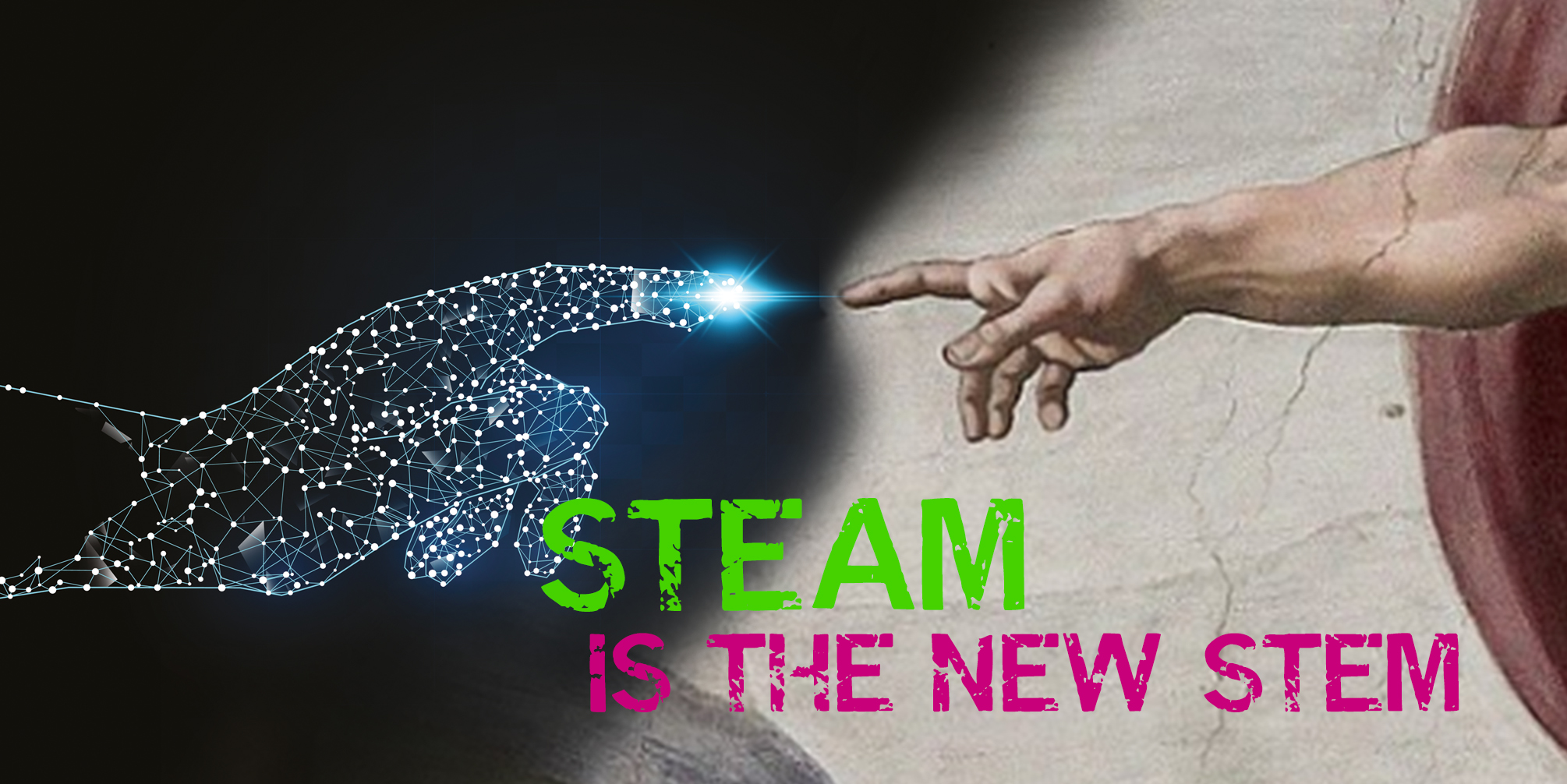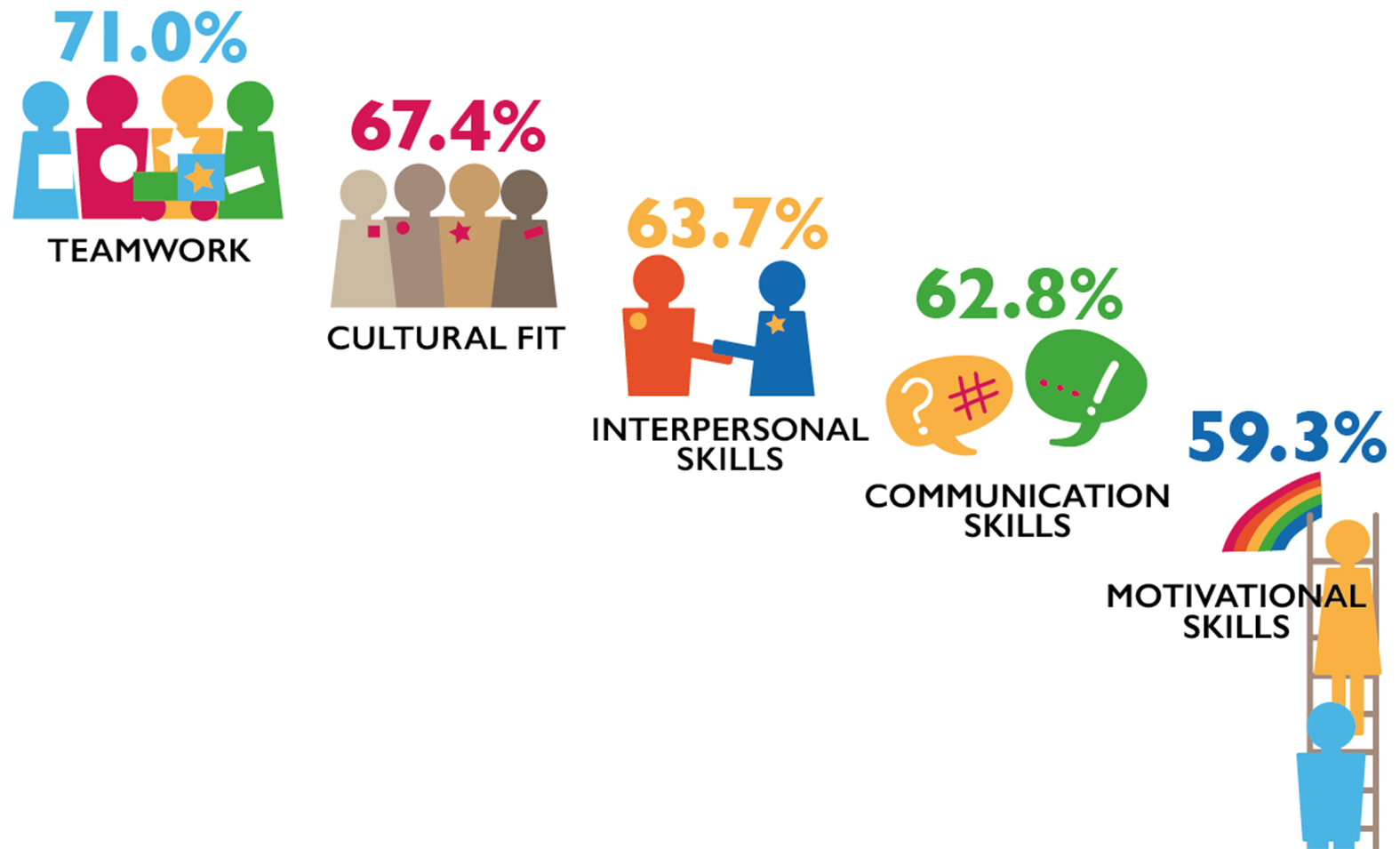
STEAM is the new STEM!

For several years now the big push in schools has been to encourage the uptake of STEM subjects (Science, Technology, Engineering and Maths) – and rightly so. Young Australians need to be prepared to meet the challenges of a brave new world of innovation, discovery and disruptive technologies. But if we place the emphasis solely on STEM, we are at risk of throwing the baby out with the bathwater and limiting the opportunities for many of our students whose inclination is towards the arts.
As teachers, we understand the value of a rounded education, and the necessity of teaching, nurturing and encouraging a broad range of skills – not just technical or practical, but creative, personal and interpersonal. It’s what we have understood all along, and it’s what we do. It’s also what employers want.
Industry still seeks the practical skills and knowledge that graduates bring from STEM degrees or vocational courses; but there has been a recent shift in focus. Whether in banking, medical research, engineering or insurance, employers are seeking young adults with the cognitive abilities that are necessary to adapt to the changing nature of the workforce.
These are the abilities that are nurtured and practiced in humanities and the arts.
- Curiosity
- Judgment
- Resilience
- Adaptability
Yes, STEAM (Science, Technology, Engineering, the Arts and Maths) is the new STEM!
It makes sense. STEM and The Arts are not mutually exclusive, they crossover and are complimentary. Both deal in ambiguities and require questioning. Where the critical thinking of STEM brings ideas to their logical conclusion, the creative thinking of the arts broadens them to reach further possibilities.
Remember that Leonardo da Vinci shifted effortlessly between art and science, and one informed the other! Our students are just as capable of this shift.
Industry understands this and is willing to employ young people who may not necessarily have the technical skills; but who are up to the challenge of exploring problems, communicating ideas and who actively engage in the creative culture of the workplace. Industry also recognises the benefit of supporting the diverse interests and ongoing learning of motivated employees, whether formally or at work.
Encouraging students to seek diverse learning opportunities in both STEM and non-STEM subjects will not only broaden their thinking, but also prepare them for a future workforce that will require imagination, adaptability, and will offer countless possibilities. It’s an exciting time indeed!
And if you’re still not convinced that employability does not rest on STEM skills alone, take a look at the results of a recent survey of graduate employers, rating the attributes they consider important in potential employees (%).





